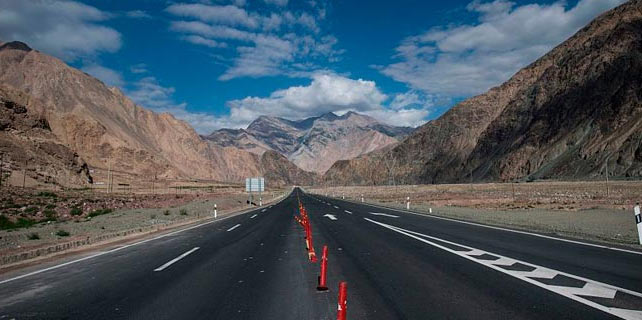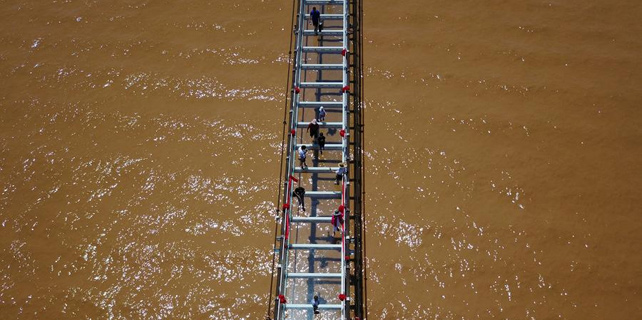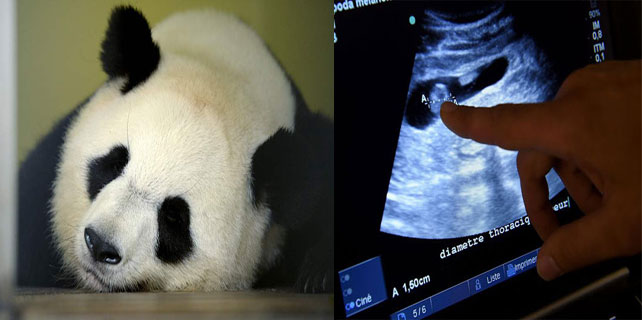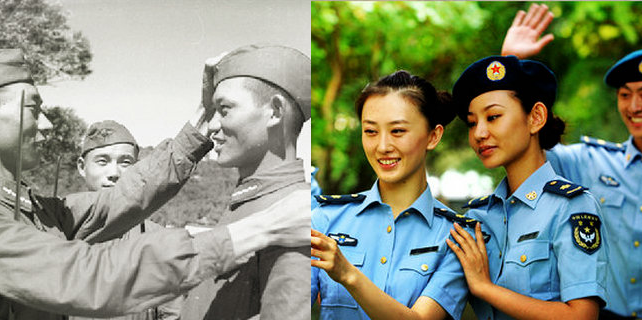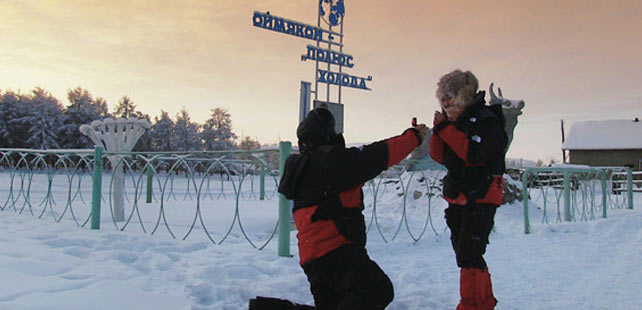Full text of facts and China's position concerning Indian border troops' crossing of China-India boundary
Appendix II
CONVENTION BETWEEN GREAT BRITAIN AND CHINA RELATING TO SIKKIMAND TIBET
WHEREAS Her Majesty the Queen of the United Kingdom of Great Britain and Ireland, Empress of India, and His Majesty the Emperor of China, are sincerely desirous to maintain and perpetuate the relations of friendship and good understanding which now exist between their respective Empires; and whereas recent occurrences have tended towards a disturbance of the said relations, and it is desirable to clearly define and permanently settle certain matters connected with the boundary between Sikkim and Tibet, Her Britannic Majesty and His Majesty the Emperor of China have resolved to conclude a Convention on this subject, and have, for this purpose, named Plenipotentiaries, that is to say:
Her Majesty the Queen of Great Britain and Ireland, his Excellency the Most Honourable Henry Charles Keith Petty Fitzmaurice, G.M.S.I., G.C.M.G., G.M.I.E., Marquess of Lansdowne, Viceroy and Governor-General of India;
And His Majesty the Emperor of China, his Excellency Shêng Tai, Imperial Associate Resident in Tibet, Military Deputy Lieutenant-Governor;
Who, having met and communicated to each other their full powers, and finding these to be in proper form, have agreed upon the following Convention in eight Articles:—
ARTICLE I.
The boundary of Sikkim and Tibet shall be the crest of the mountain range separating the waters flowing into the Sikkim Teesta and its affluents from the waters flowing into the Tibetan Mochu and northwards into other Rivers of Tibet. The line commences at Mount Gipmochi on the Bhutan frontier, and follows the above-mentioned water-parting to the point where it meets Nipal territory.
ARTICLE II.
It is admitted that the British Government, whose Protectorate over the Sikkim State is hereby recognized, has direct and exclusive control over the internal administration and foreign relations of that State, and except through and with the permission of the British Government, neither the Ruler of the State nor any of its officers shall have official relations of any kind, formal or informal, with any other country.
ARTICLE III.
The Government of Great Britain and Ireland and the Government of China engage reciprocally to respect the boundary as defined in Article I, and to prevent acts of aggression from their respective sides of the frontier.
ARTICLE IV.
The question of providing increased facilities for trade across the Sikkim-Tibet frontier will hereafter be discussed with a view to a mutually satisfactory arrangement by the High Contracting Powers.
ARTICLE V.
The question of pasturage on the Sikkim side of the frontier is reserved for further examination and future adjustment.
ARTICLE VI.
The High Contracting Powers reserve for discussion and arrangement the method in which official communications between the British authorities in India and the authorities in Tibet shall be conducted.
ARTICLE VII.
Two joint Commissioners shall, within six months from the ratification of this Convention, be appointed, one by the British Government in India, the other by the Chinese Resident in Tibet. The said Commissioners shall meet and discuss the questions which, by the last three preceding Articles, have been reserved.
ARTICLE VIII.
The present Convention shall be ratified, and the ratifications shall be exchanged in London as soon as possible after the date of the signature thereof.
In witness whereof the respective negotiators have signed the same, and affixed thereunto the seals of their arms.
Done in quadruplicate at Calcutta, this 17th day of March, in the year of our Lord 1890, corresponding with the Chinese date, the 27th day of the 2nd moon of the 16th year of Kuang Hsü.




